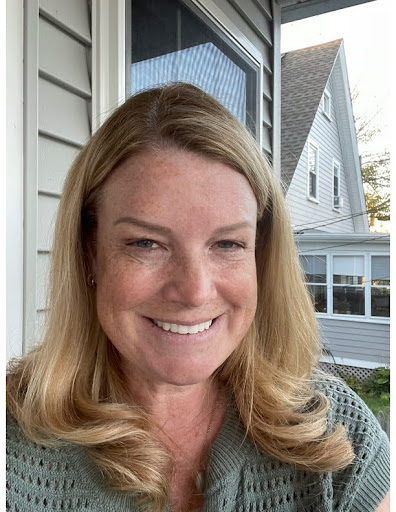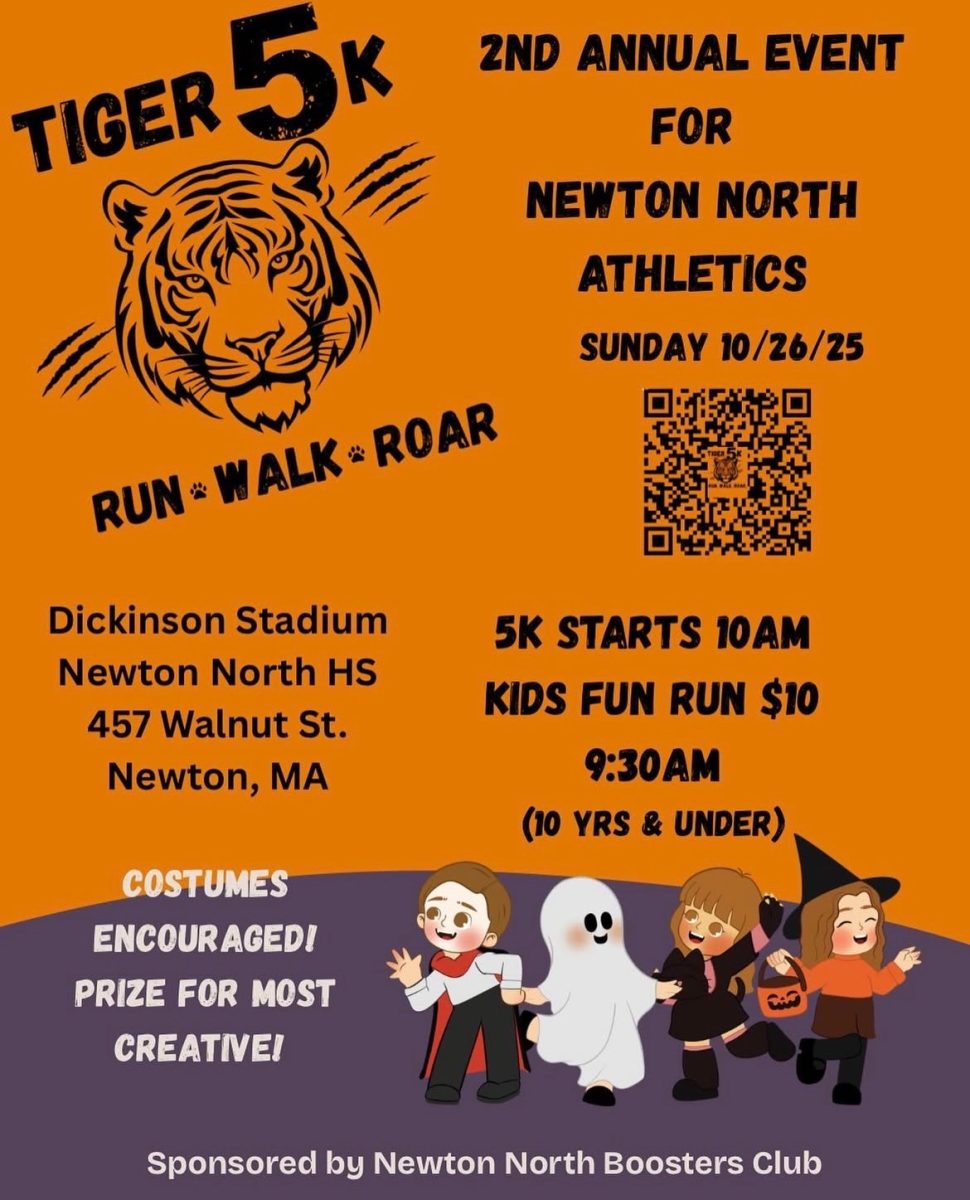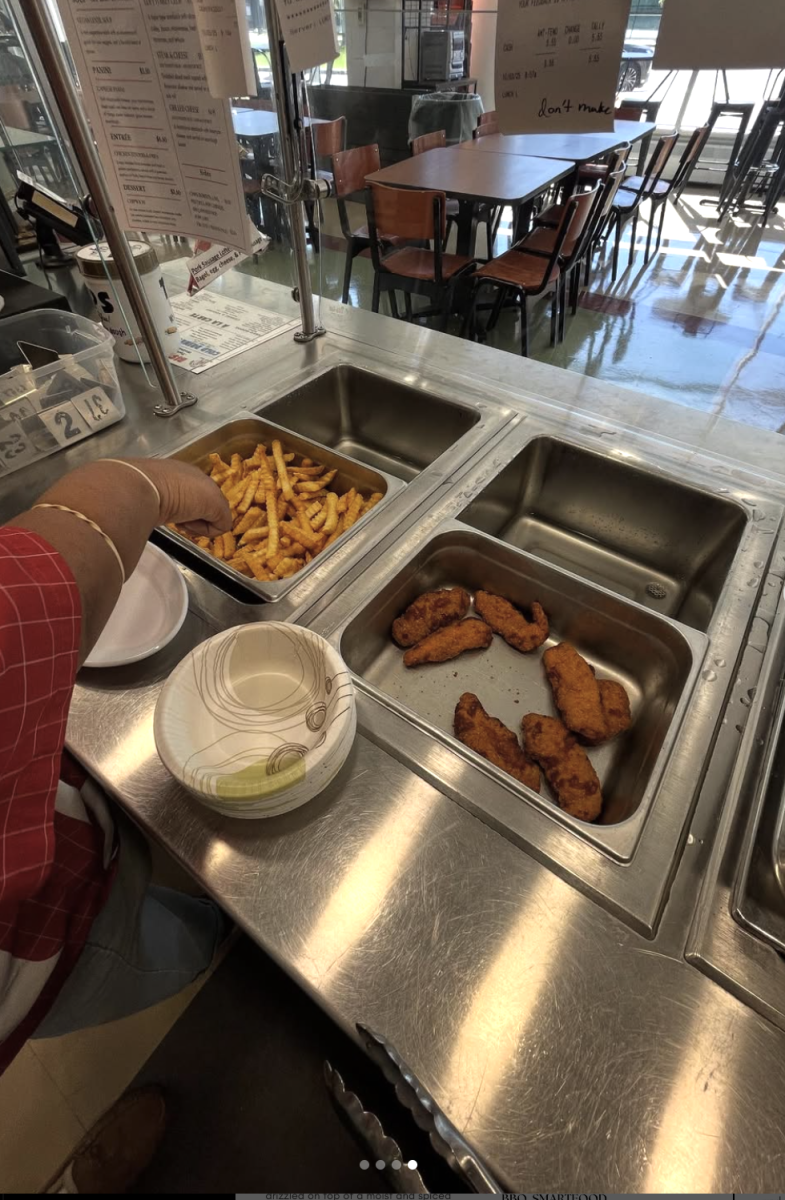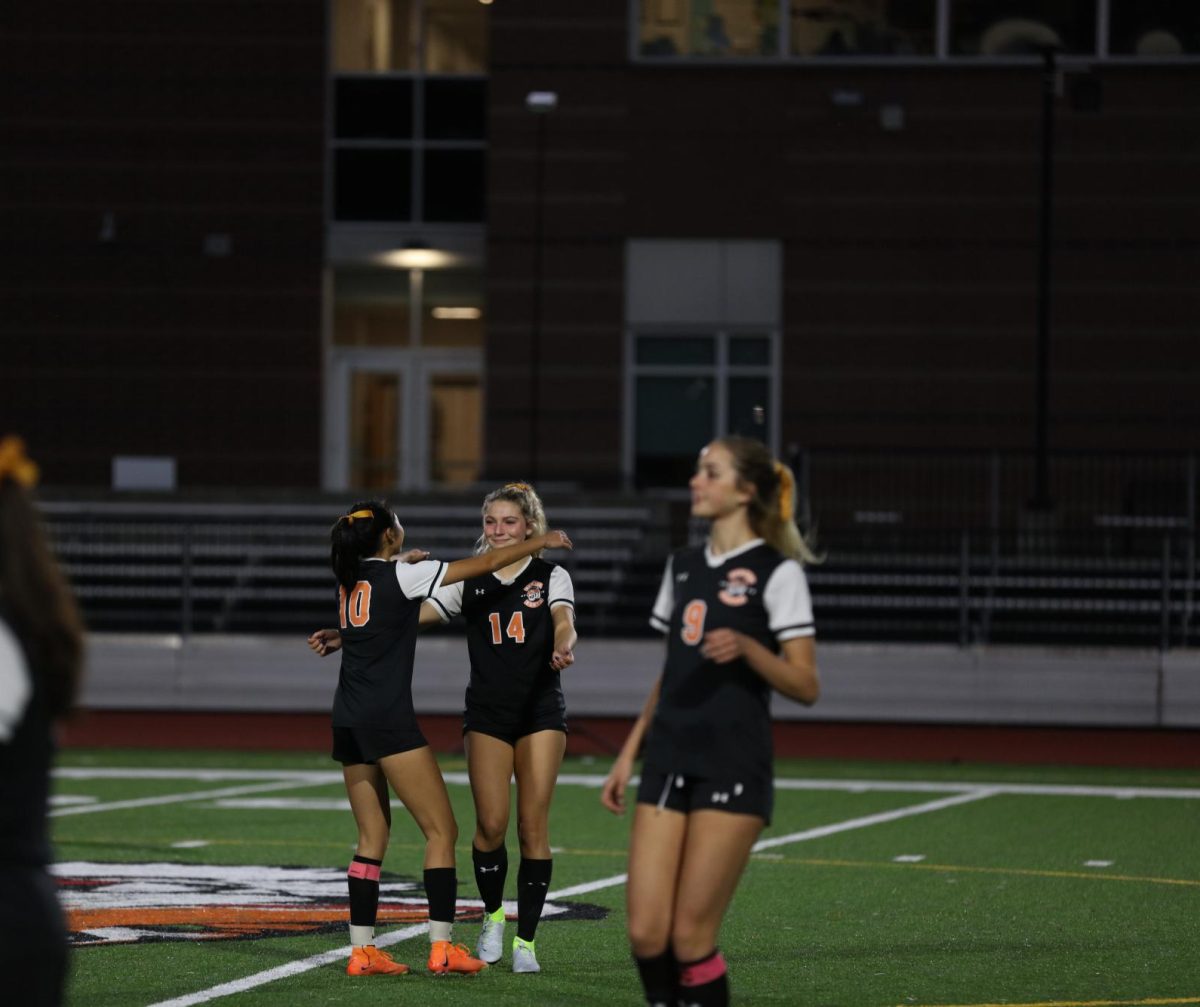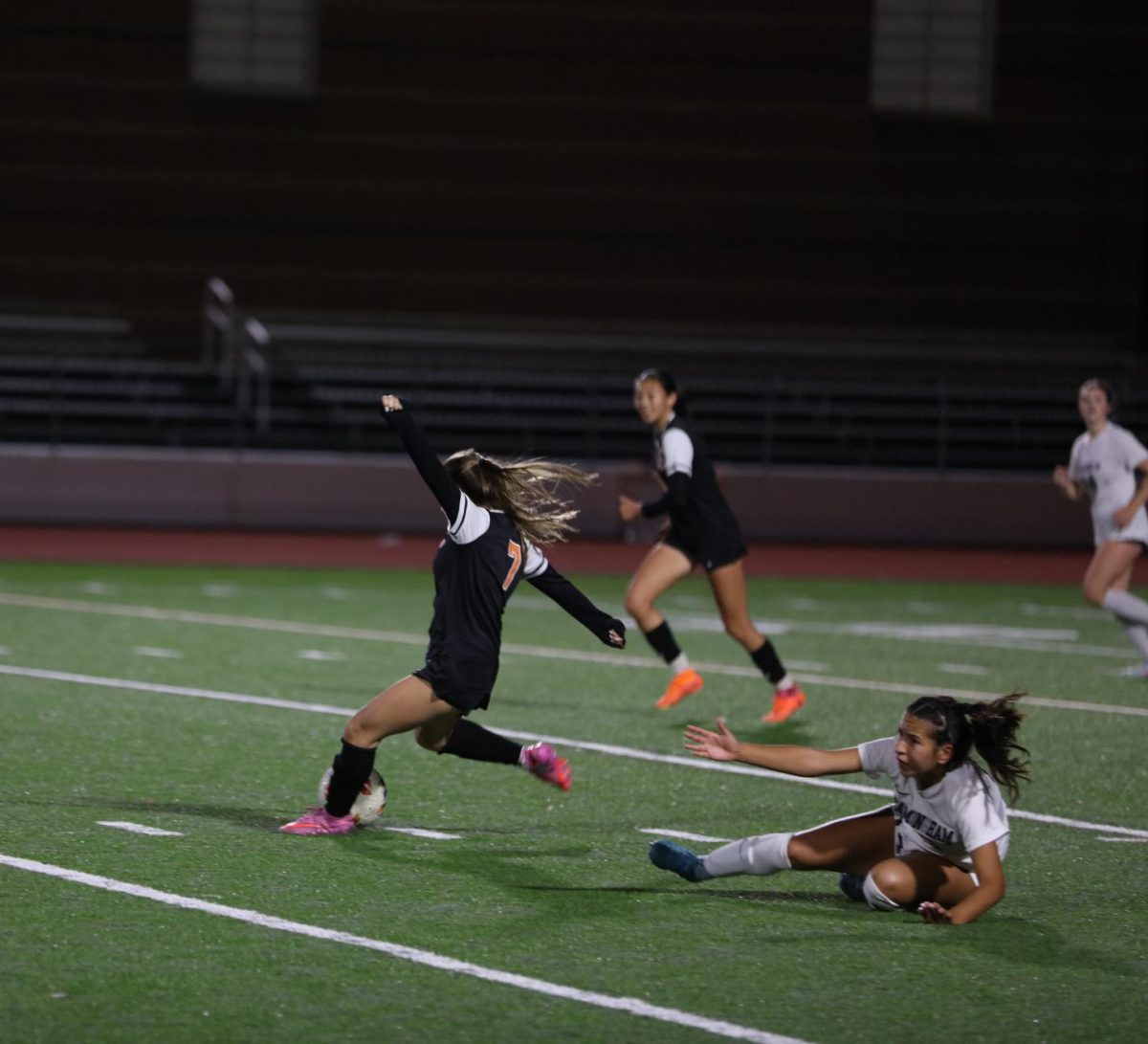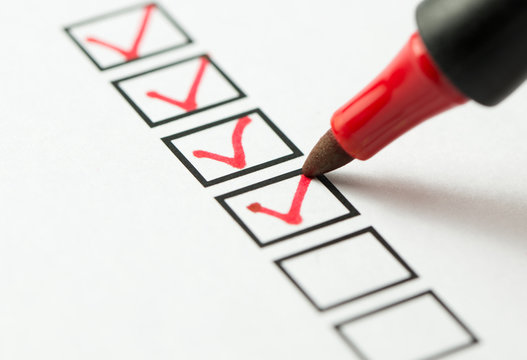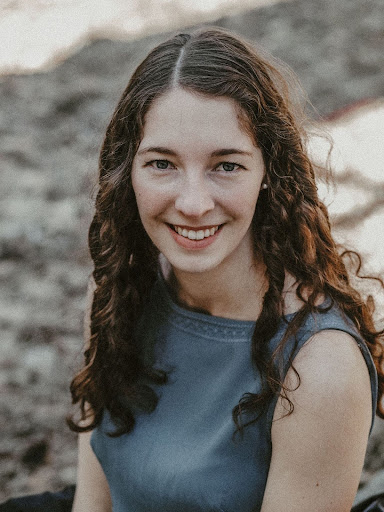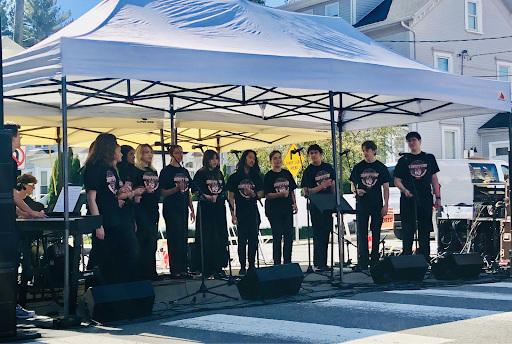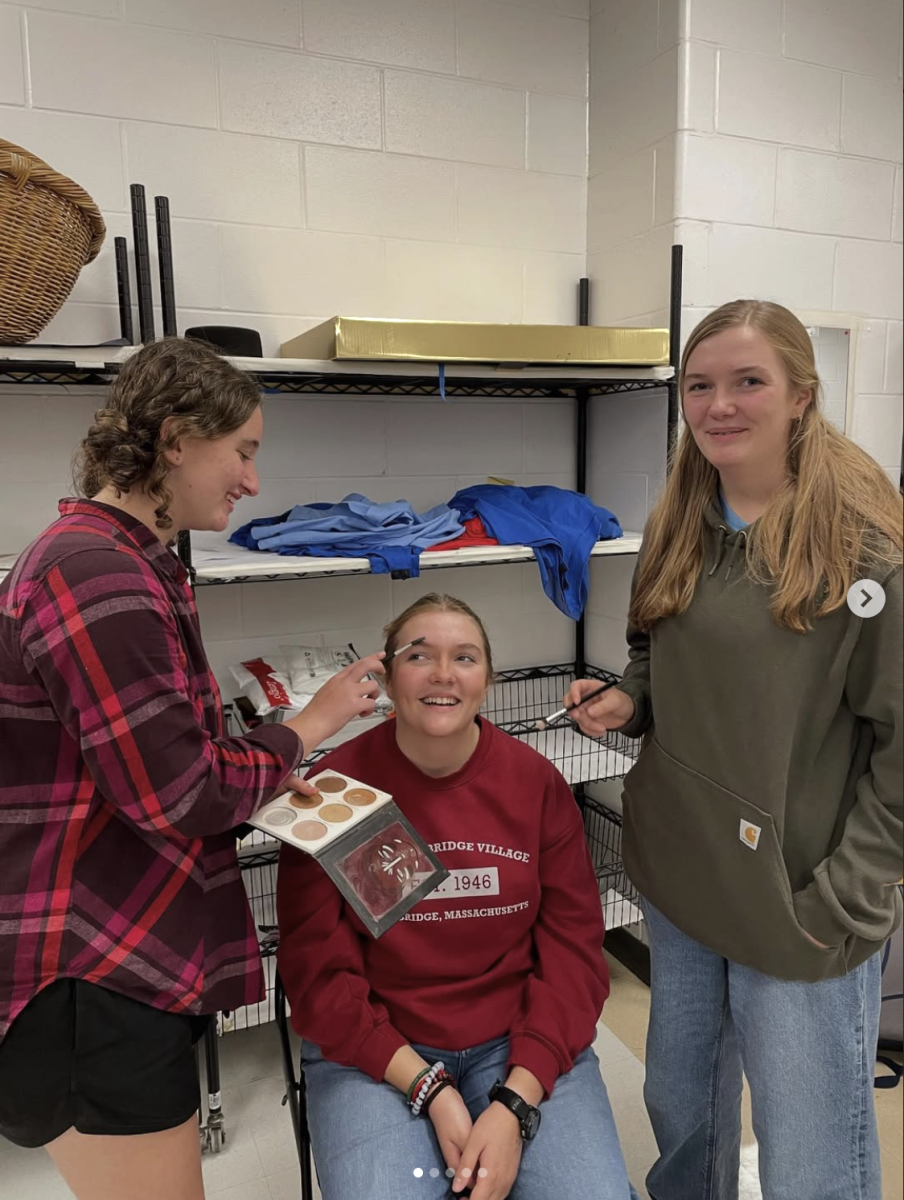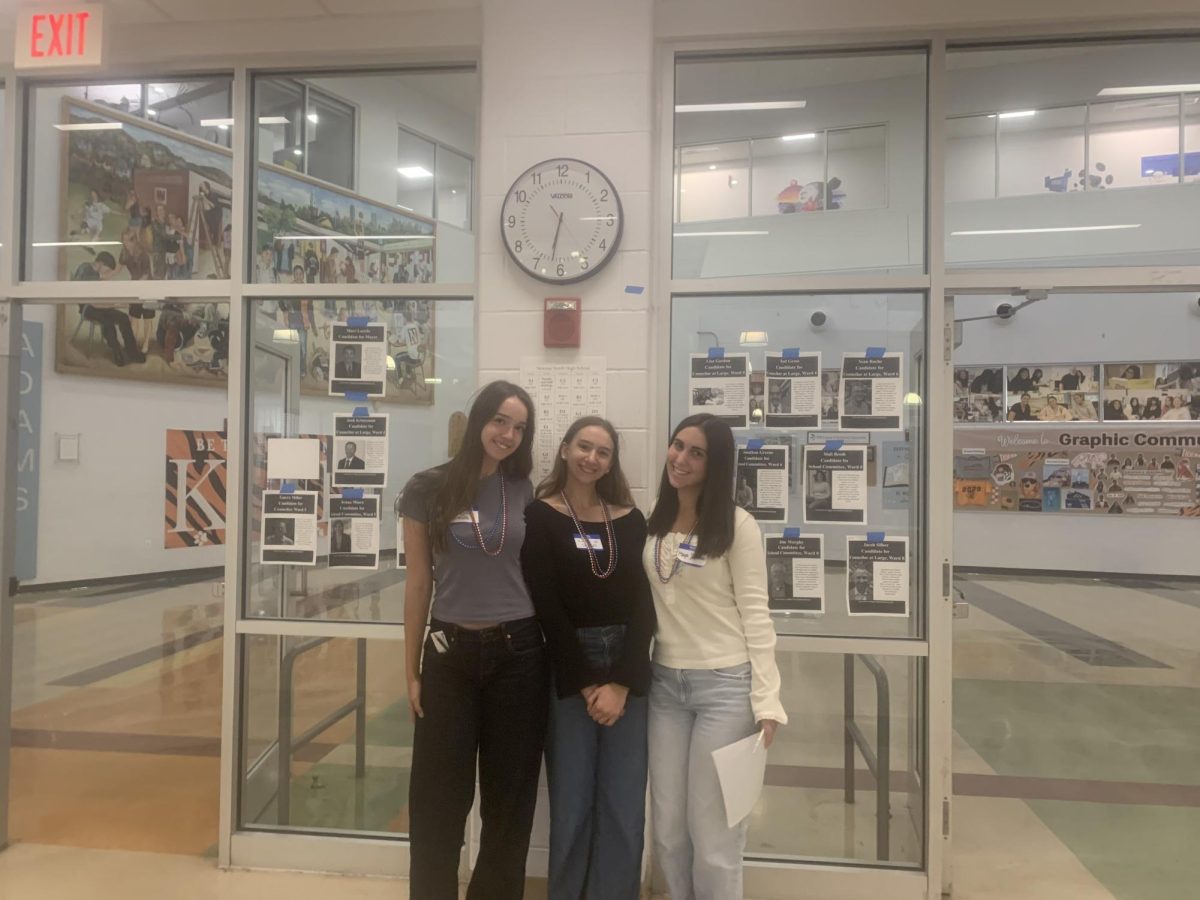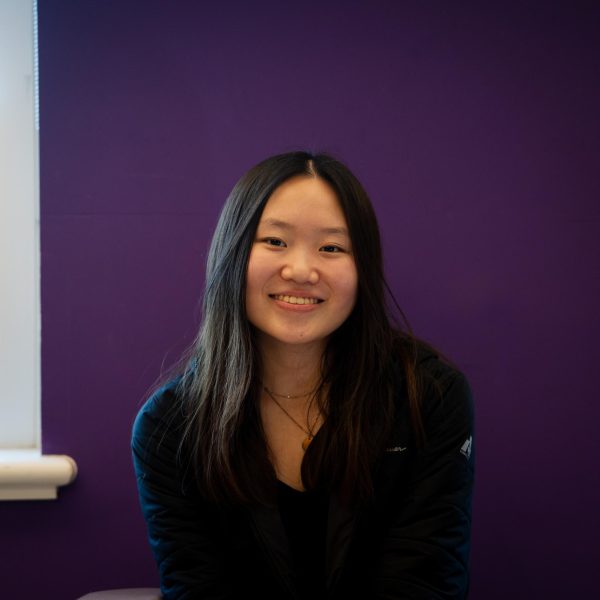
Overcrowding in the cafeteria during third lunch has increased this year, raising concerns among students and faculty.
Third lunch typically serves juniors and seniors, but freshmen and sophomores may also attend, depending on their lunch block schedule.
“Third lunch has the most kids that take it,” said Barry House dean Nick Capodilupo. “They’re kind of spread out, but a lot do go to the cafeteria.”
According to cafeteria employee Rohan Brown. “It’s a problem because too many kids are in the cafeteria at once, and they all gather around the pizza area and the hot food line. Nobody else has room to walk around.”
According to junior Annie Huang, the cafeteria experience is often chaotic, with students pushing and shoving due to the large number of people trying to get lunch at the same time. “I think the crowdedness is a real issue, especially for people like me with claustrophobia. It makes lunch uncomfortable.”
Some students, however, don’t see overcrowding as a major issue. “The cafeteria is pretty crowded, but I wouldn’t call it a problem,” said senior Rev Falk-Judson. “It’s crowded but not unmanageable.”
Campus aide John Staulo, who monitors lunch blocks, added that crowds during third lunch tend to be the most disorganized.
“I think you come down to first lunch—ninth grade lunch—you see they kind of form a line, mostly for the pizza,” said Staulo. “In the last lunch, the older students all just kind of rush in there.”
Staulo added that second lunch is generally less crowded. He said, “It’s been the same imbalance for years.”
According to Riley House dean Michelle Stauss, the larger crowds may be due to the adjustment period with the new vendor, Chartwells, the district’s food service provider.
“Either students will start making different choices if they feel it’s too crowded, or the food service might find faster ways to serve students,” said Stauss. “My guess is that it will calm down over time.”
Capodilupo added that factors like open campus, free blocks, and different eating areas around the school will likely reduce the cafeteria crowd as the year progresses.
If the overcrowding persists, the deans are open to making adjustments in the cafeteria, Capodilupo added.


